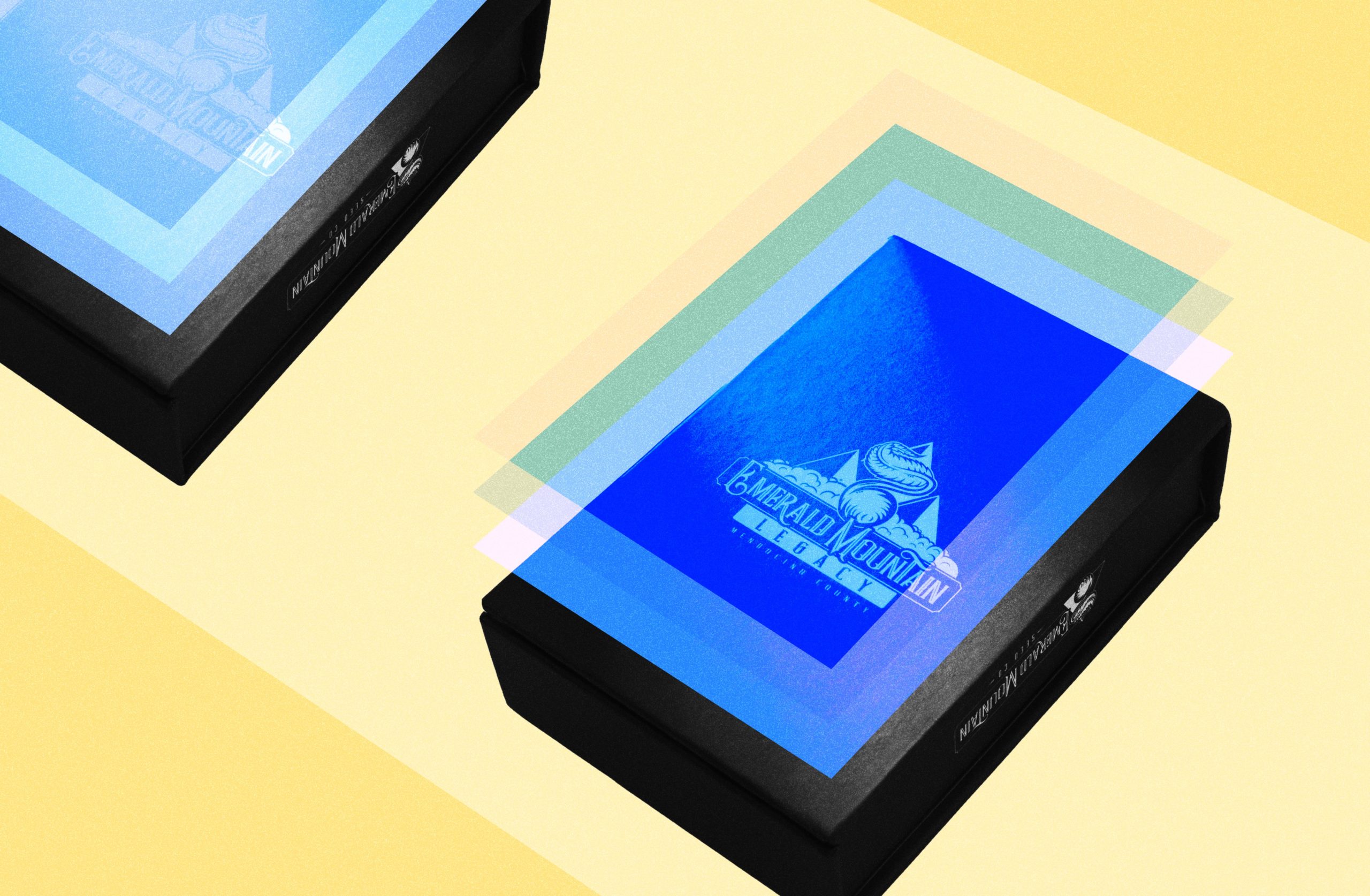Are you looking to add that extra touch of professionalism and protection to your packaging? You might have heard about two popular options: Aqueous Coating and UV Coating. In this comprehensive guide, we’ll delve into the nuances of each, helping you make an informed decision for your packaging needs.
What is Aqueous Coating?
Let’s start with Aqueous Coating, often abbreviated as “aq coating.” This water-based coating is applied to printed materials, providing a protective layer that enhances both appearance and durability. Unlike varnishes, which can be solvent-based and emit volatile organic compounds (VOCs), Aqueous Coating is eco-friendly and emits minimal odors.
Understanding UV Coating
On the other hand, UV Coating involves the use of ultraviolet light to cure or dry the coating instantly. This process creates a hardened finish that offers excellent protection against scratches, scuffs, and fading. UV Coating is particularly favored for its high gloss and ability to make colors pop, making it a popular choice for premium packaging.
Key Differences Between Aqueous Coating and UV Coating
Application Process:
- Aqueous Coating is typically applied to printed materials using a printing press equipped with an additional coating unit. In contrast, UV Coating requires specialized equipment to apply the coating and UV lamps for curing.
Appearance:
- While both coatings provide a glossy finish, UV Coating tends to have a higher shine and more vibrant colors compared to Aqueous Coating.
Drying Time:
- Aqueous Coating air-dries relatively quickly, but UV Coating dries instantly under UV light, significantly reducing production time.
Environmental Impact:
- Aqueous Coating is considered more environmentally friendly due to its water-based nature and minimal emissions. However, UV Coating requires careful handling of UV lamps and consideration of potential emissions during curing.
Which is Right for Your Packaging Needs?
Choosing between Aqueous Coating and UV Coating ultimately depends on your specific requirements and preferences. Here are some factors to consider:
- Budget: UV Coating equipment and materials tend to be more expensive upfront compared to Aqueous Coating. However, the fast curing time of UV Coating can lead to cost savings in production.
- Design Aesthetic: If you’re aiming for a high-gloss, eye-catching finish with vibrant colors, UV Coating may be the way to go. However, if you prefer a more subtle sheen and eco-friendly option, Aqueous Coating could be the better choice.
- End Use: Consider the intended use of your packaging. If it will be handled frequently or subjected to rough conditions during shipping, UV Coating’s superior durability may be advantageous.
Conclusion
In summary, both aq coating packaging and UV Coating offer valuable benefits for enhancing the appearance and protection of your packaging. By understanding the differences between the two and considering your specific needs, you can confidently choose the coating that best suits your requirements.
Whether you opt for the eco-friendly versatility of Aqueous Coating or the glossy allure of UV Coating, incorporating these coatings into your packaging can elevate your brand image and leave a lasting impression on your customers.


